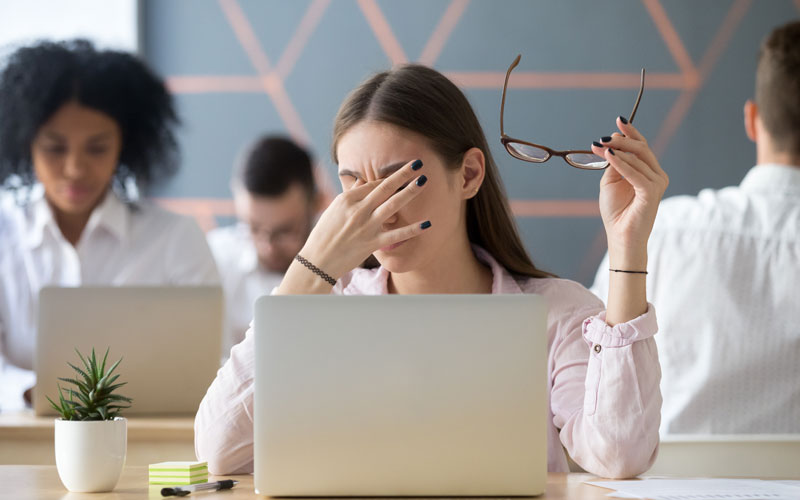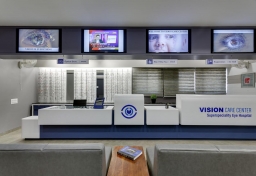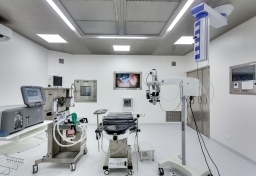
This is also referred to as Digital Eye Strain (DES). This problem occurs due to the prolonged use of a tablet, computer, cellphone or e-reader. You will experience vision problems and discomfort in the eyes when you view digital screens for a long time. As you increase the use of a digital screen, the discomfort also increases.
On average, an individual spends almost seven hours a day working on his/her computer in the office or at home. Not to forget the long use of cell phones to play games or to send/read messages, etc. If you have vision problems, which have not been corrected, then CVS or DES will only increase this problem.
People who use contact lenses or eyeglasses may also find viewing a computer screen uncomfortable from a specific distance. You will also observe that many times people have their heads tilted at very odd angles as the glasses they wear is not designed for a computer screen. Few may bend forward, closer to the screen to read or see clearly. These wrong postures will soon result in back, shoulder or neck pain. This strain occurs as visual demands exceed our visual abilities to perform comfortably. People who use their screens for more than 2 hours are at a higher risk of developing CVS.
How can it be diagnosed?
A detailed eye examination will help you diagnose your problem. The test is also done without using eyedrops to understand how your eyes will respond when under normal condition. Drops are used in cases where focusing is needed. Using all the information obtained, your optometrist will determine whether you suffer from CVS.
Computer Viewing
- First of all, improve your body posture while using computers. This also includes your chair comfort, lighting, reference materials, monitors position, rest breaks and location.
- Your screen would be ideally anywhere below between 15 degrees to about 20 degrees of eye level and about 20 inches to a maximum of 28 odd inches from your eyes to the centre of your screen.
- You can place your reference materials either below your monitor or just over the keyboard. It should be positioned in such a way that you don’t have to keep moving your head from the screen to the document and back.
- The window should be perpendicular to the screen. Never place your screen behind or opposite the window. It affects the lighting.
- See that your chair is comfortable and padded. The height of your chair should be well adjusted so that your feet will comfortably rest on the ground. The armrest on your chair too should provide you with good arm support.
- The best way to alleviate eye strain is to follow the rule of 20-20-20. Take a break for 20 secs and view something that is 20 feet away after every 20-minute window.
- You need to blink frequently to keep our eyes moist, which will minimize the effect of dry eyes.




